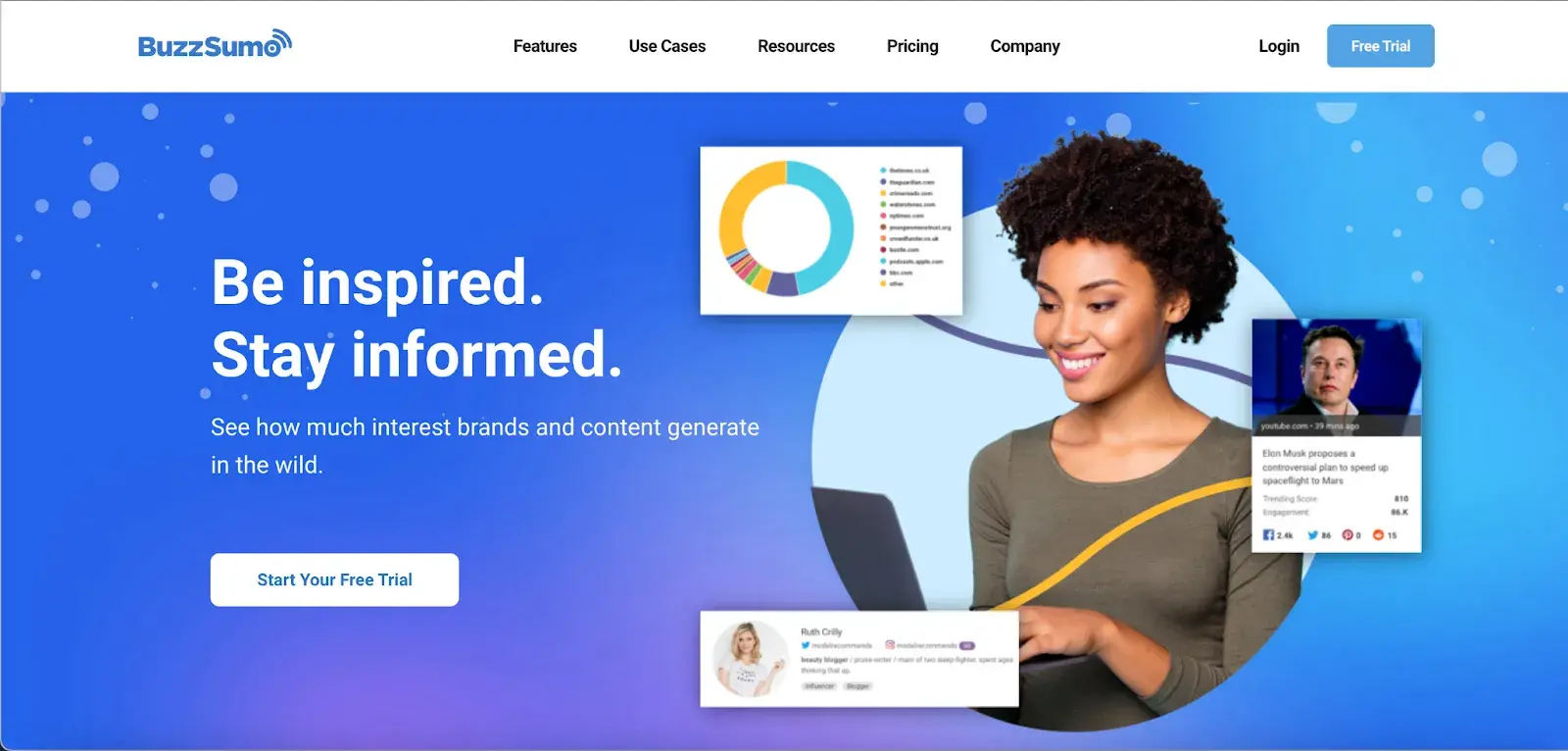Seo Company Klerksdorp vs. DIY SEO: Which Delivers Better ROI?
Wiki Article
The Vital Elements of Efficient Web Design: A Comprehensive Guide
Effective web Design includes various critical aspects that substantially impact user experience. It demands mindful consideration of factors such as mobile responsiveness, user-friendly navigating, and visual pecking order. Each part plays a vital duty in crafting a site that not just draws in visitors however likewise retains them. Understanding these fundamental aspects is important for companies aiming to boost their on-line existence. Yet, what absolutely differentiates an effective web site from its competitors?Understanding Individual Experience (UX) Design
Individual experience (UX) Design acts as the backbone of efficient internet Design, focusing on exactly how customers interact with a web site. It encompasses various aspects, consisting of functionality, accessibility, and overall contentment. An effective UX Design starts with customer study, recognizing the target audience's actions and requirements. Wireframes and prototypes are after that created to envision the internet site's framework and circulation. Web Design South Africa. Evaluating with real customers gives useful understandings, enabling developers to improve the user interface and improve navigating. Aesthetic Design components, such as typography and color design, enhance the overall aesthetic while supporting performance. Eventually, reliable UX Design guarantees that customers can conveniently accomplish their objectives, fostering involvement and loyalty. By prioritizing user experience, websites can attain greater conversion prices and a positive online reputationValue of Mobile Responsiveness
As mobile phones increasingly dominate net usage, ensuring mobile responsiveness has actually become important for reliable internet Design. Sites that are not maximized for mobile can result in an inadequate user experience, resulting in greater bounce prices and lost possibilities. A mobile-responsive Design allows material to adjust perfectly to numerous display sizes, making certain that individuals can access info conveniently, regardless of the device they use. Furthermore, search engines prioritize mobile-friendly websites in their positions, making responsiveness an essential aspect for presence and traffic. With a growing variety of users accessing the web using tablets and smartphones, organizations should spend in mobile responsiveness to boost user interaction, boost brand perception, and inevitably drive conversions. Efficient website design should prioritize mobile responsiveness to continue to be competitive in today's digital landscape.Crafting User-friendly Navigation
Navigating functions as the foundation of any type of reliable web site, assisting visitors with web content with convenience. An intuitive navigation structure enhances user experience by allowing users to find information rapidly and effectively. Clear labeling of food selection things is important; it must mirror the content precisely, preventing jargon that may puzzle customers. Furthermore, a sensible hierarchy is crucial, allowing users to determine connections between various sections. Consistency throughout web pages aids reinforce assumptions, while breadcrumbs offer context and an orientation. Receptive navigating menus that adjust to different tools better enhance access. Eventually, the goal is to develop a seamless journey for site visitors, ensuring they can discover the site without frustration, bring about an extra engaged and pleased audience.Using Visual Power Structure
Visual hierarchy plays an essential function in web Design by guiding users' focus and boosting their experience. Efficient format methods, along with thoughtful choices in shade and typography, can substantially affect how info is perceived and processed. Understanding these components is crucial for producing visually attractive and functional sites.Value of Visual Pecking Order
Effective website design pivots on the concept of aesthetic power structure, which guides users through material in a user-friendly and rational way. This principle is important for improving user experience, as it helps prioritize information and routes focus to necessary elements. By establishing a clear hierarchy, web developers can assure that customers conveniently recognize key messages, calls to activity, and navigating alternatives. A well-structured aesthetic power structure lowers cognitive load, allowing individuals to refine info effectively. Additionally, it fosters interaction by developing an enticing layout that welcomes exploration. Eventually, understanding the importance of aesthetic hierarchy is crucial for any kind of internet developer intending to produce efficient and straightforward sites that successfully communicate their desired messages.
Strategies for Effective Design
A well-organized design acts as the backbone of any kind of effective internet Design, enabling customers to effortlessly browse with content. Reliable strategies include grid systems, which supply a structured structure for straightening aspects, guaranteeing uniformity and equilibrium. Furthermore, using whitespace purposefully can boost concentrate on vital areas, minimizing aesthetic clutter and assisting individual interest. Prioritizing content through size and positioning further highlights crucial details, while different elements can produce a clear aesthetic hierarchy. Applying receptive Design strategies guarantees formats adapt flawlessly throughout gadgets, preserving usability. Including instinctive navigation aids, such as buttons and menus, enhances user experience, making it simpler for visitors to find pertinent information quickly. With each other, these techniques form the foundation of a reliable internet format.Color and Typography Choices
While color and typography selections might seem like basic Design elements, they play a vital role in developing visual hierarchy on a site (Web Design South Africa). Shade can guide users' interest, set apart sections, and share brand identification. By strategically making use of contrasting colors, designers can highlight essential contact us to action, ensuring they stand out. Typography, on the other hand, affects readability and user engagement. An appropriate font style can convey tone and personality, while varying font dimensions and weights can produce a clear structure. Bigger, bolder headings attract focus, while smaller sized body message gives thorough details. With each other, efficient color and typography choices create a natural aesthetic experience, leading individuals through the content easily and improving general usabilityPicking the Right Color Design
Just how does one choose the excellent color pattern for a website? Choosing the best color pattern is vital for enhancing customer experience and communicating the brand's message. Developers should begin by taking into consideration the target market and the emotions that various shades evoke. For example, blue usually signifies depend on, while red can produce seriousness. It is important to limit the scheme to a couple of corresponding colors to keep visual consistency and prevent frustrating users. Making use of tools like color wheel applications can assist in choosing colors that function well together. Additionally, developers have to assure that there suffices comparison between message and history colors for readability. Ultimately, a well-thought-out color plan can considerably influence a site's performance and user interaction.Including Involving Content

Engaging content is essential for capturing and retaining the focus of website visitors. It works as a bridge between the website's Design and the customer's experience, promoting much deeper connections. Efficient content typically consists of a mix of helpful short articles, charming visuals, and interactive components that motivate customer participation. By making use of narration techniques, web sites can evoke feelings, making the material a lot more relatable and unforgettable. Additionally, including user-generated content, such as reviews or testimonials, boosts trustworthiness and builds trust with the audience. Clear calls-to-action overview customers towards wanted outcomes, ensuring they remain involved. In general, a calculated strategy to material advancement not just boosts individual experience but also drives conversions, making it a crucial aspect of efficient web Design.
Enhancing for Speed and Performance
Optimizing for rate and performance is necessary for boosting individual experience on an internet site. Techniques such as image compression, minifying CSS and JavaScript, and leveraging browser caching can significantly lower filling times - Website Design Klerksdorp. These methods not only improve efficiency yet also add to much better online search engine rankingsPicture Compression Strategies

Minifying CSS and JavaScript
Lots of web designers concentrate on picture optimization, minifying CSS and JavaScript is similarly essential for improving web site speed and performance. Minification involves eliminating unneeded characters from code, such as whitespace, remarks, and formatting, without impacting its performance. This process causes smaller data sizes, which brings about faster packing times and enhanced customer experience. By minimizing the amount of data transferred in between the server and the customer, minification assists lessen bandwidth usage and enhances total website efficiency. Furthermore, internet search engine favor much faster web sites, which can enhance search rankings. Carrying out tools and automated procedures for minifying these manuscripts can improve web advancement and upkeep, making certain that efficiency stays a priority throughout the Web Design South Africa lifecycle of a web site.Leveraging Internet Browser Caching
Leveraging internet browser caching significantly enhances website speed and efficiency by storing frequently accessed resources in your area on an individual's gadget. This method lessens the requirement for repeated requests to the server, substantially decreasing loading times for returning visitors. By making use of HTTP headers, web developers can specify caching policies for different resources, such as stylesheets, pictures, and manuscripts. Effectively applied caching methods enable customers to experience faster page loads, leading to enhanced user fulfillment and engagement. In addition, internet search engine favor web sites with optimized performance, potentially increasing search rankings. On a regular basis assessing and taking care of cache setups guarantees that customers receive updated content while still taking advantage of the effectiveness of cached resources. In conclusion, effective browser caching is an essential part of enhancing internet performance.Frequently Asked Inquiries
How Do I Select the Right Website Design Tools?

Picking the best web Design tools entails assessing project needs, comprehending user demands, and evaluating various software application attributes. Compatibility, simplicity of usage, and neighborhood support are also vital elements to take into consideration for efficient Design end results.
What Are Common Website Design Blunders to Avoid?
Common web Design blunders to prevent consist of messy layouts, bad navigating, poor mobile responsiveness, slow loading times, and ignoring customer experience. Effective designs prioritize performance, simpleness, and accessibility to engage individuals and boost fulfillment.How Can I Gauge My Web site's Success?
To measure a site's success, one might evaluate metrics such as web traffic, conversion prices, user involvement, and bounce prices. Making use of devices like Google Analytics can offer useful understandings for continuous optimization and enhancement methods.What Role Does Search Engine Optimization Play in Internet Design?
SEO significantly influences website design by making certain that web sites are structured for search engine visibility. This consists of maximizing site speed, mobile responsiveness, and material high quality, inevitably improving individual experience and driving organic website traffic.Just how Frequently Should I Update My Website Design?
The regularity of internet site Design updates relies on market patterns, user responses, and technical advancements. Commonly, a refresh every 2-3 years is suggested, ensuring the website stays relevant and straightened with current criteria and user assumptions.Individual experience (UX) Design offers as the backbone of efficient web Design, concentrating on how customers communicate with a site. With an expanding number of customers accessing the internet using tablet computers and smartphones, organizations should spend in mobile responsiveness to enhance individual involvement, improve brand name perception, and eventually drive conversions. An instinctive navigation structure boosts customer experience by allowing individuals to discover info quickly and efficiently. Properly executed caching approaches allow individuals to experience faster web page loads, resulting in boosted user contentment and engagement. The frequency of internet site Design updates depends on market fads, customer feedback, and technological improvements.
Report this wiki page